From the text we read to launch our unit, we saw some parallels between two recent tsunamis--both were preceded by large magnitude earthquakes. But was this a coincidence, or truly a cause?
We turned to collecting and using real data on tsunamis, only to figure out some pretty interesting stuff!
We turned to collecting and using real data on tsunamis, only to figure out some pretty interesting stuff!
Tsunamis are caused by three events: earthquakes, volcanoes, and landslides. Not all earthquakes cause tsunamis, as earthquakes are WAYYYYYY more common than a tsunami. By analyzing some plate boundaries, we saw that plates colliding or sliding past each other were causing the tsunamis. This also got us thinking that not all areas where plates collide or slide did we see a tsunami. Man, this is confusing!
So students were asked what new data they'd need, if it wasn't quite clear the type of earthquake that causes a tsunami (other than colliding/sliding plates).
So students were asked what new data they'd need, if it wasn't quite clear the type of earthquake that causes a tsunami (other than colliding/sliding plates).
And using an incredible data analysis tool at Tuva Labs, we came to these conclusions with real Tsunami Data since 1900!
So if higher magnitude earthquakes that are at a shallow depth actually cause tsunami waves, what actually happens with the wave? Like what does the water do? How is it different than regular waves that happen daily?
We returned to our investigation ideas and even came up with some new ones. Doing a water-wave-demo was on the top of most people's lists. Can we accomplish this in our classroom? With materials we have laying around? Let's see!
We returned to our investigation ideas and even came up with some new ones. Doing a water-wave-demo was on the top of most people's lists. Can we accomplish this in our classroom? With materials we have laying around? Let's see!
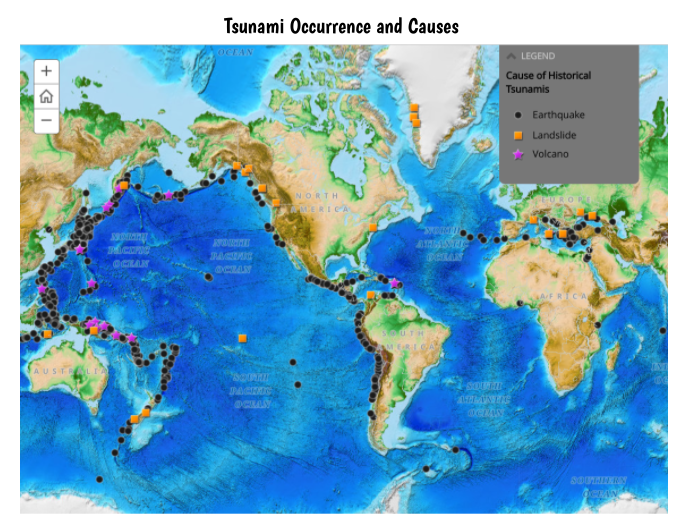
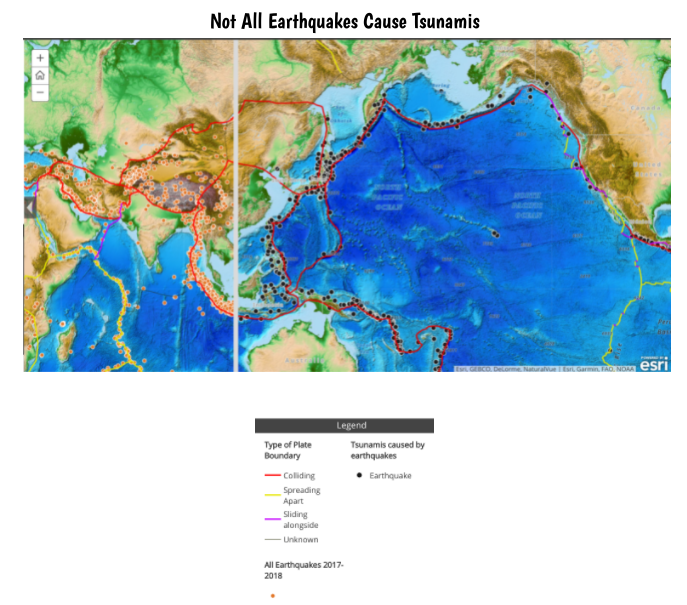
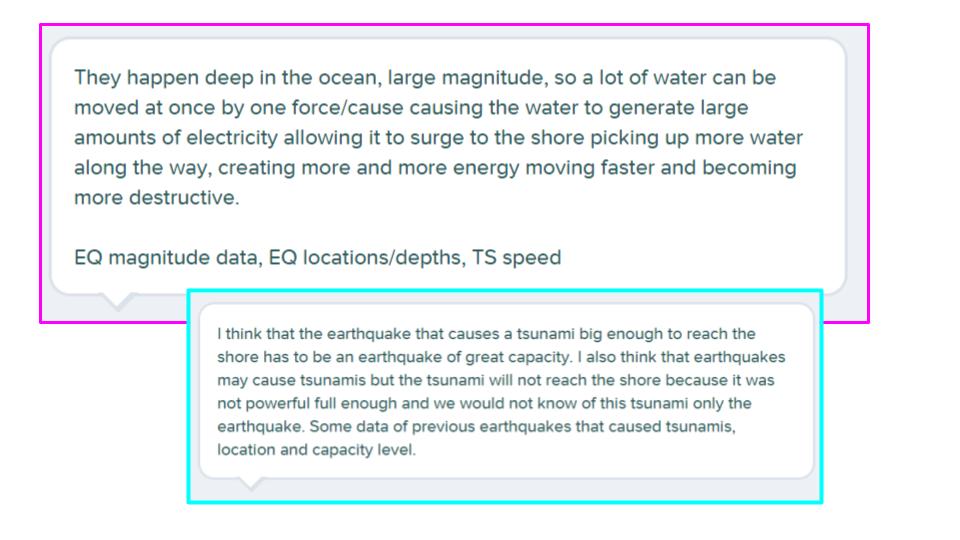
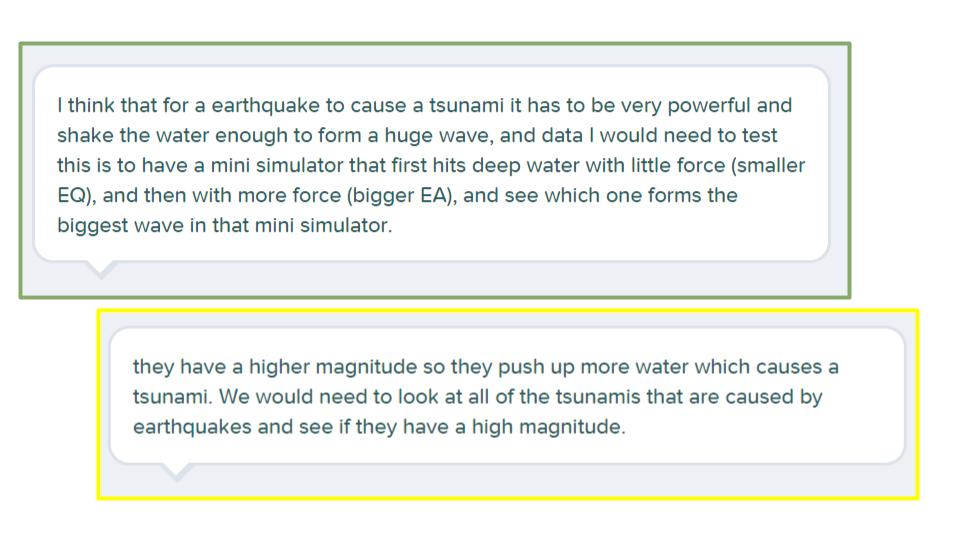
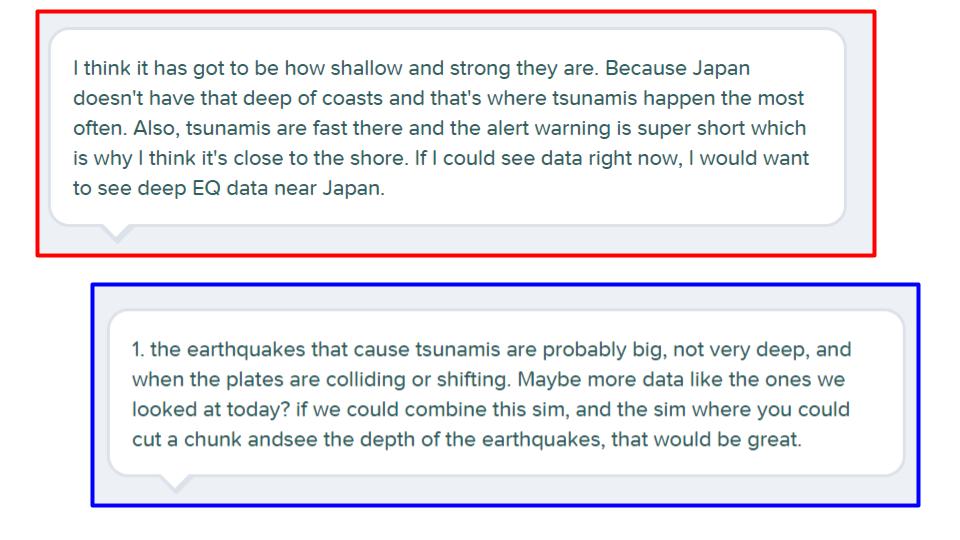
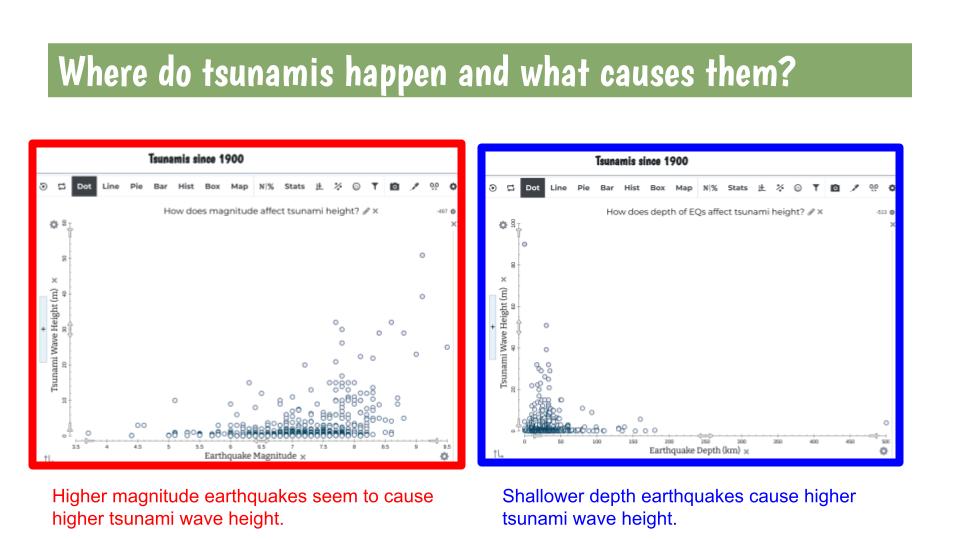
 RSS Feed
RSS Feed